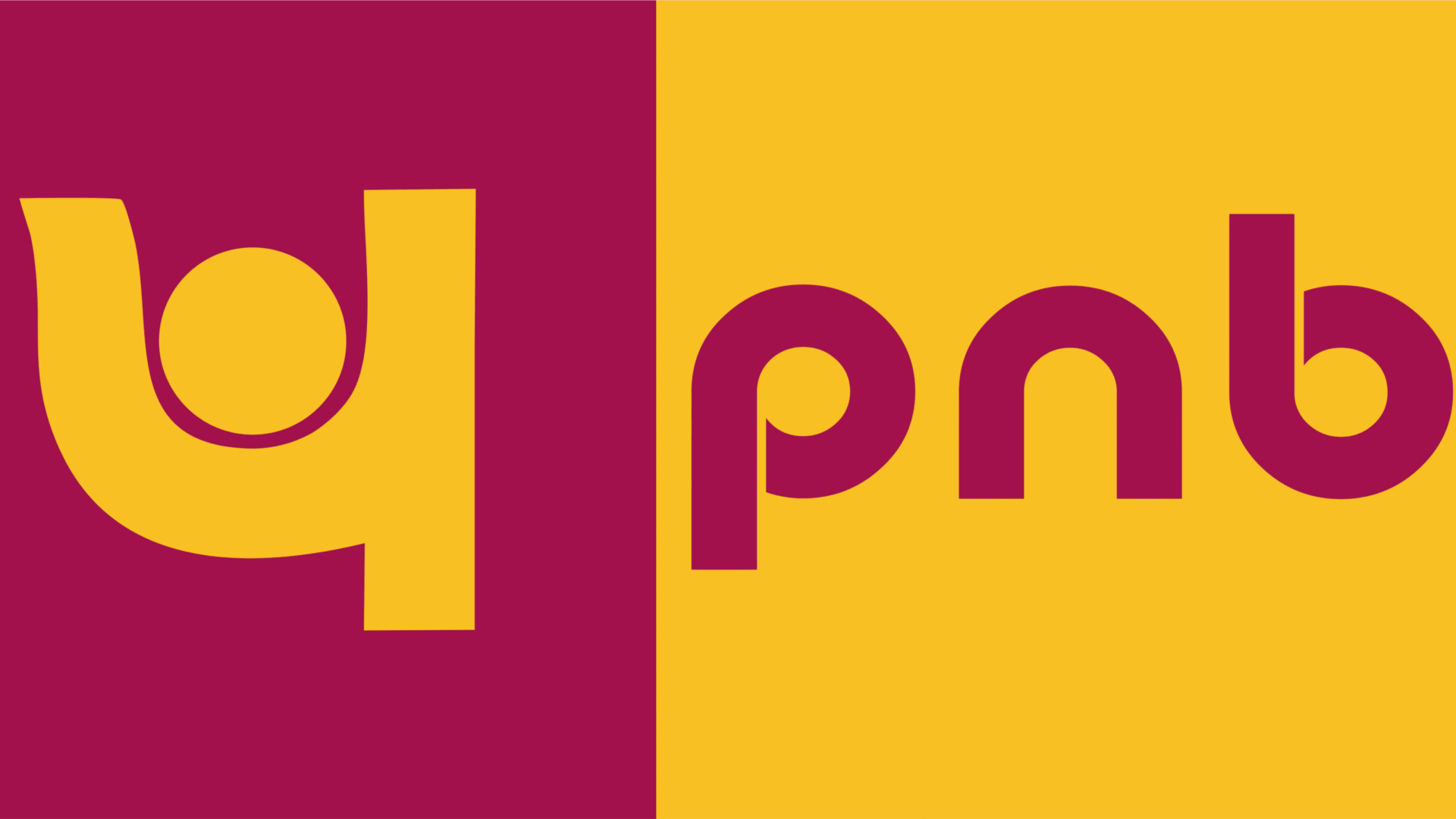
Why PNB is bracing for a $1B financial hit
What's the story
Punjab National Bank (PNB) is bracing for a massive financial hit of $1.03 billion as it shifts to a new credit loss framework mandated by the Reserve Bank of India (RBI). The transition is expected to be completed by 2031. Ashok Chandra, PNB's MD and CEO, revealed this in an interview with Reuters today.
Transition
RBI's draft guidelines on expected credit loss framework
The RBI's draft guidelines mandate banks to adopt an expected credit loss (ECL) framework over five years, starting April 1, 2027. This would require banks to set aside funds for potential defaults. Currently, provisions for bad loans are made when a loan becomes overdue. Chandra said PNB had done a rough estimate of the impact as these new credit rules were already in the pipeline.
Impact
Projected impact on CRAR
Chandra said the transition would affect PNB's capital to risk assets ratio (CRAR) by around 0.85%. The CRAR is a key indicator of a bank's capital adequacy. As of September 30, PNB's CRAR stood at 17.19%. According to RBI's latest financial stability report, Indian commercial banks had a CRAR of 17.3% as of March-end.
Management
PNB confident of managing transition through operational profits
Despite the projected impact, Chandra is confident that PNB will be able to manage these requirements through its operational profits. He said, "I think we will be able to manage with our internal accrual itself. Bank is well poised to take care of all requirements which is going to come in future." This shows the bank's resilience and ability to navigate through financial challenges.
Financial outlook
Q2 net profit and provision expectations
In the second quarter, PNB reported a net profit of ₹4,904 crore, marking a 14% increase from last year. Chandra expects the bank to post a net profit of over ₹15,000 crore for the fiscal year 2026. He also noted that most provisions would be for stage-two assets in retail, agriculture, and small and medium enterprises portfolios. These are high-risk loans where borrowers have missed repayment deadlines but haven't defaulted yet.